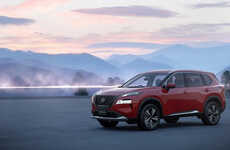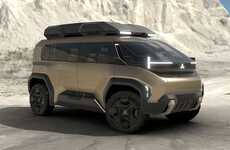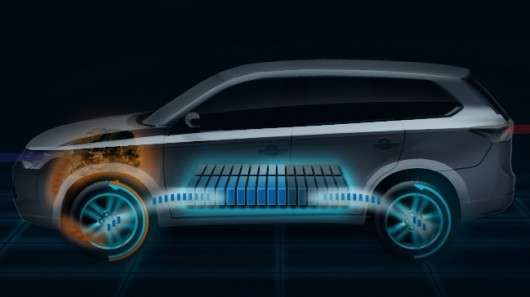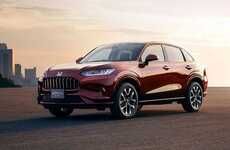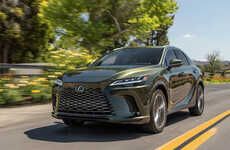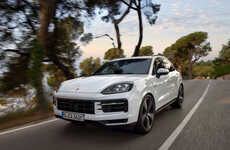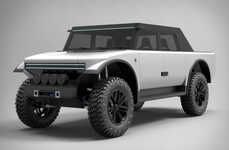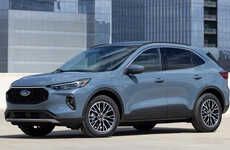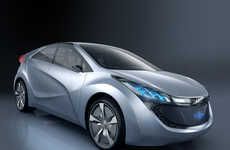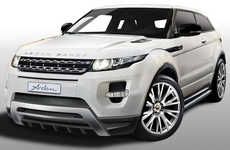
The Mitsubishi New Outlander Comes in Hybrid and Traditional Engine Versions
Sarah Moore — June 20, 2012 — Autos
References: mitsubishi-motors & gizmag
The Mitsubishi New Outlander has been developed from the onset to have the ability to run using both plug-in hybrid EV power and traditional internal combustion engine power.
While many manufacturers develop cars to run on either traditional power or electric power, few develop an automobile that can go either way.
The PHEV version of Mitsubishi's SUV is impressive in that it has three internal motors; two electric and one petrol. This allows drivers to operate the vehicle in three different modes and provides the option of using partially electric or fully electric power depending on the driving conditions and the requirements of the driver.
This option provides drivers with an impressive driving distance (approximately 500 miles before needing a re-charge) while still keeping the vehicle's carbon emissions on the low end of the scale.
While many manufacturers develop cars to run on either traditional power or electric power, few develop an automobile that can go either way.
The PHEV version of Mitsubishi's SUV is impressive in that it has three internal motors; two electric and one petrol. This allows drivers to operate the vehicle in three different modes and provides the option of using partially electric or fully electric power depending on the driving conditions and the requirements of the driver.
This option provides drivers with an impressive driving distance (approximately 500 miles before needing a re-charge) while still keeping the vehicle's carbon emissions on the low end of the scale.
Trend Themes
1. Dual-power Vehicles - The development of vehicles that can run on both traditional internal combustion engine power and electric power opens up opportunities for flexible and sustainable transportation options.
2. Multi-mode Driving - The integration of multiple internal motors in vehicles allows for various driving modes, catering to different driving conditions and giving drivers greater control over their power source.
3. Extended Range Performance - The ability for vehicles to travel approximately 500 miles before needing a recharge showcases the potential for longer distance driving with reduced carbon emissions.
Industry Implications
1. Automotive Manufacturing - The development of dual-designed SUVs presents an opportunity for automotive manufacturers to innovate and offer vehicles that provide flexible power options to customers.
2. Clean Energy - The integration of plug-in hybrid EV power in vehicles creates opportunities for the clean energy industry to contribute to sustainable transportation solutions.
3. Environmental Conservation - The ability to operate vehicles in electric mode for longer distances helps promote environmental conservation by reducing carbon emissions and reliance on traditional fuel sources.
1.1
Score
Popularity
Activity
Freshness


